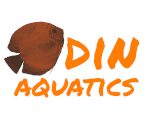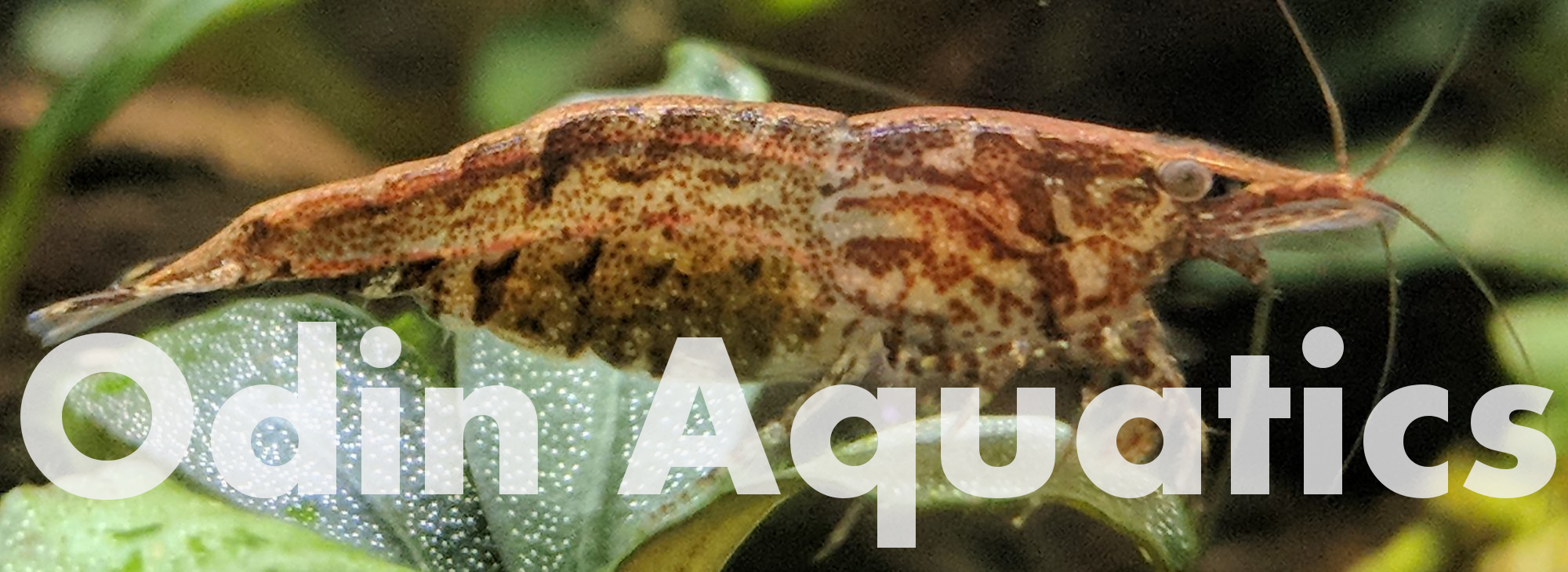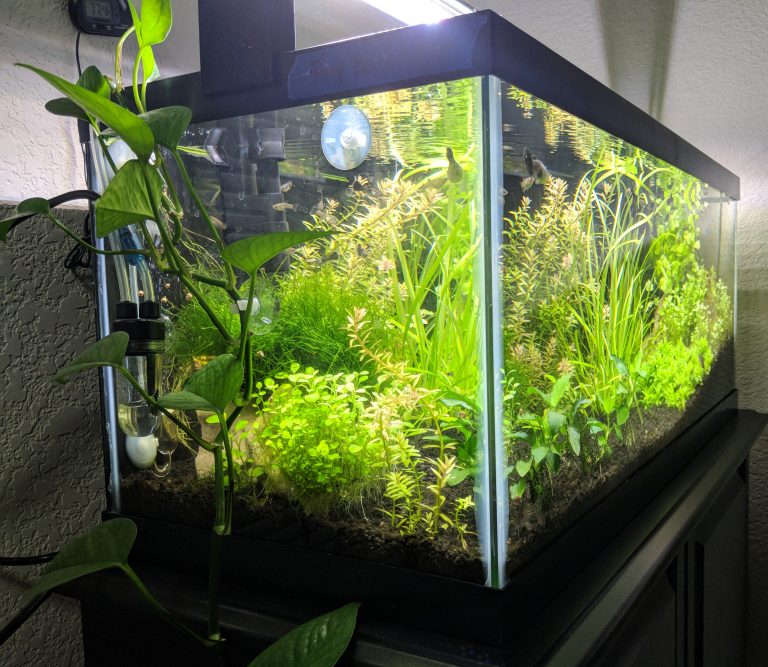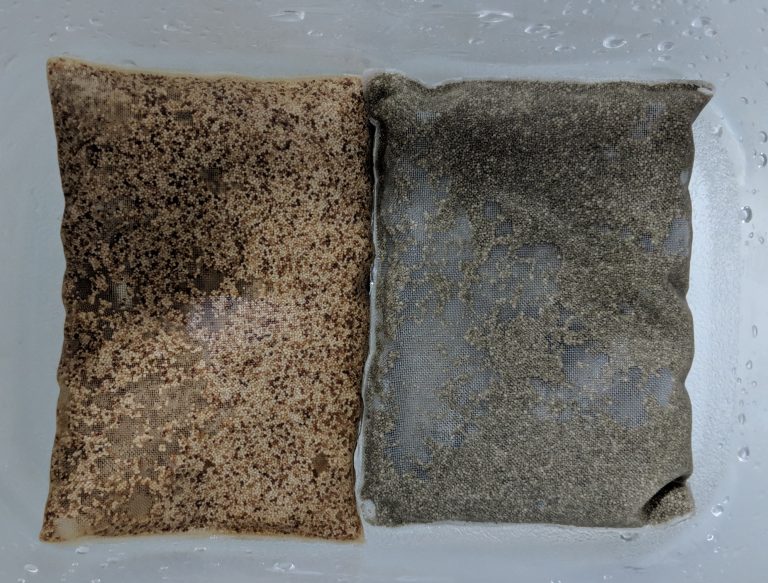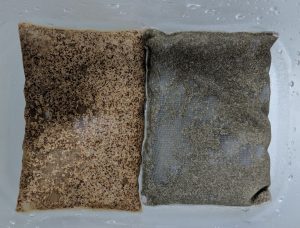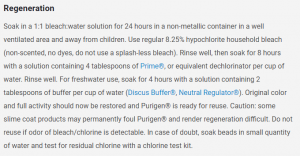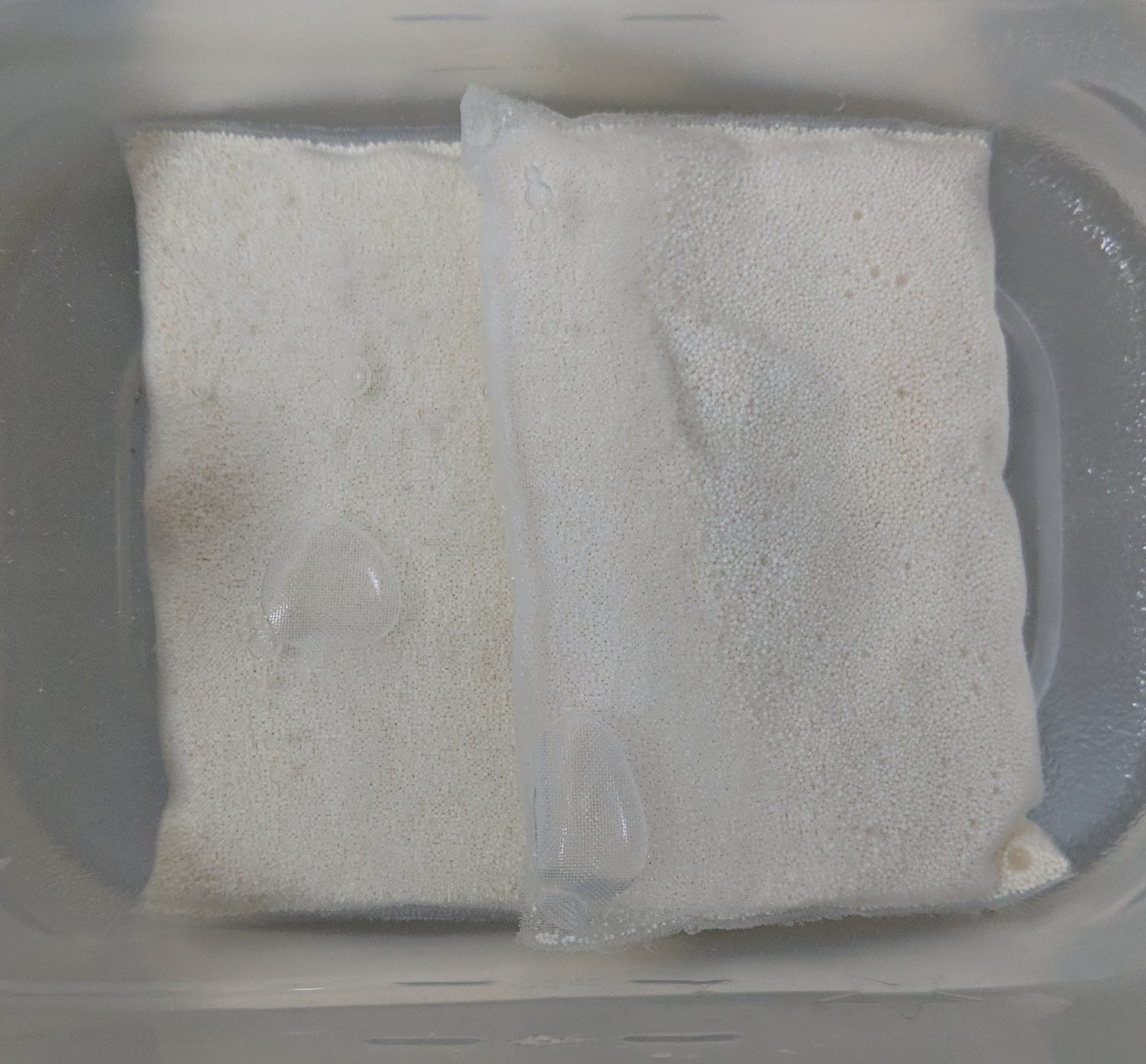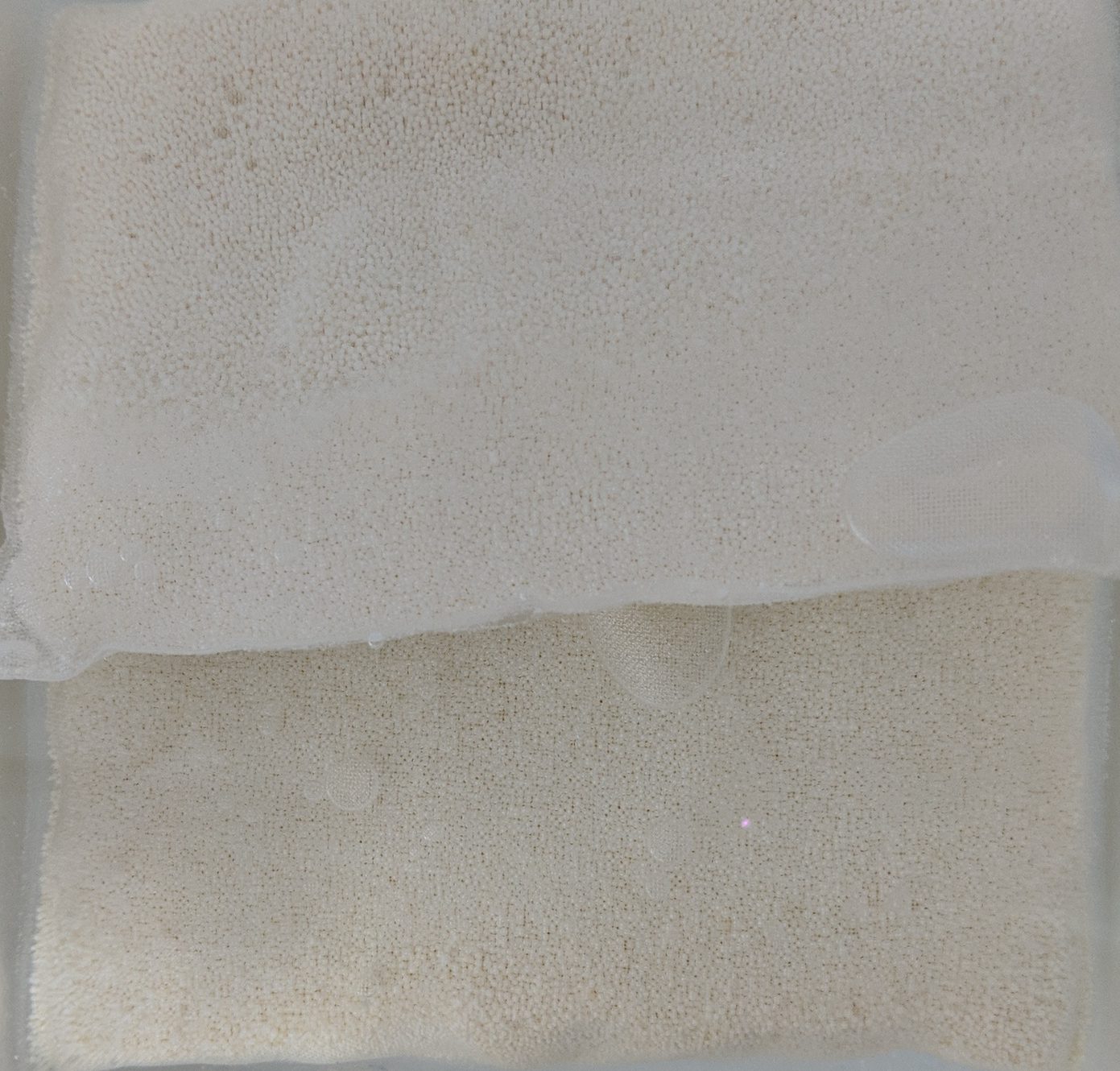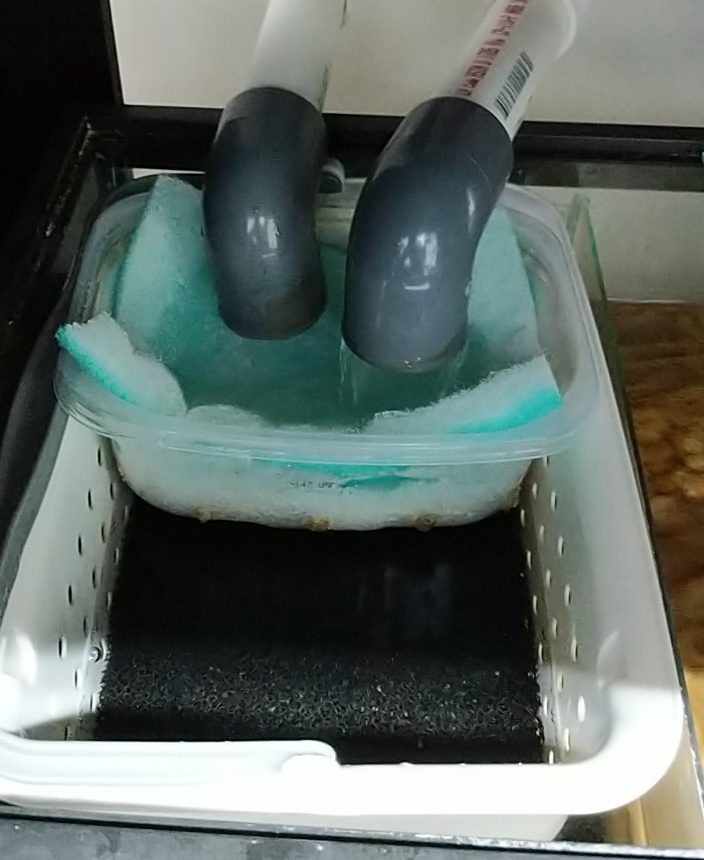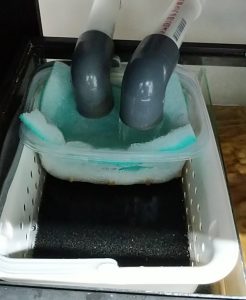Many people know of pothos as a hardy houseplant, but its also popular among fishkeepers for use in sumps, overflows, hang on back filters, refugiums, and aquariums. Adding a pothos plant to your aquarium is a good way to reduce nitrates and give it a more natural look.
Fish waste (ammonia) is transformed into nitrates by the bacteria in your filter. Nitrates are harmful to fish and need to be removed from the aquarium, typically through water changes. In nature, plants perform this function by absorbing nitrates. While a single pothos plant will not absorb enough waste for you to skip any water changes, it will help to reduce these excess nutrients.
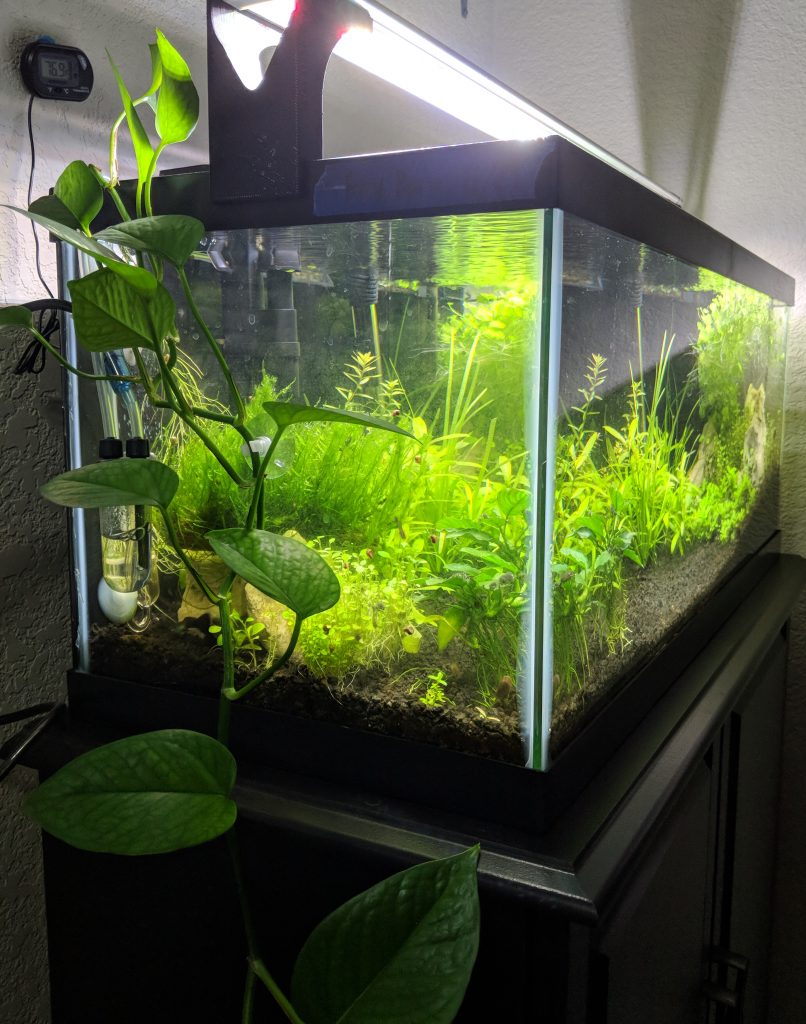
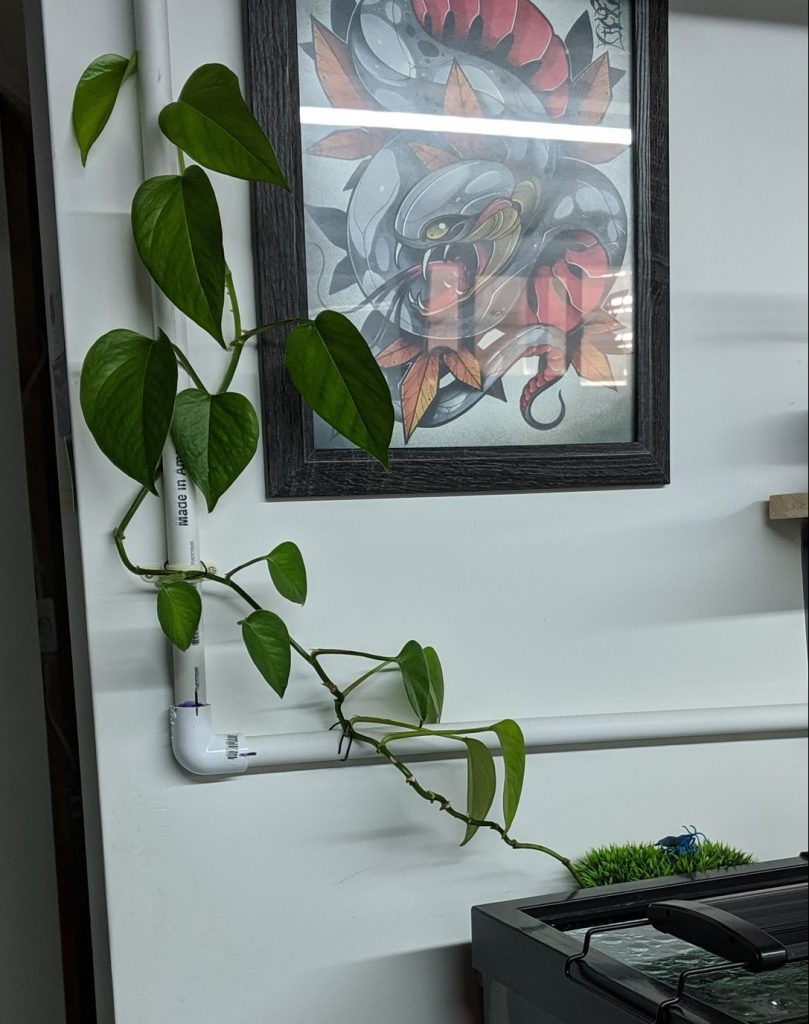
How to add Pothos to Your Aquarium
You can find pothos (in the US) for sale at most local garden centers, any store that carries houseplants, or on Amazon. Once you've purchased a plant, you can either add the whole plant to your aquarium - after removing it from the soil - or take cuttings from it. One healthy mother plant can produce dozens of cuttings. I have been taking cuttings from the plant shown below for several years. The vines eventually grow back after being cut.
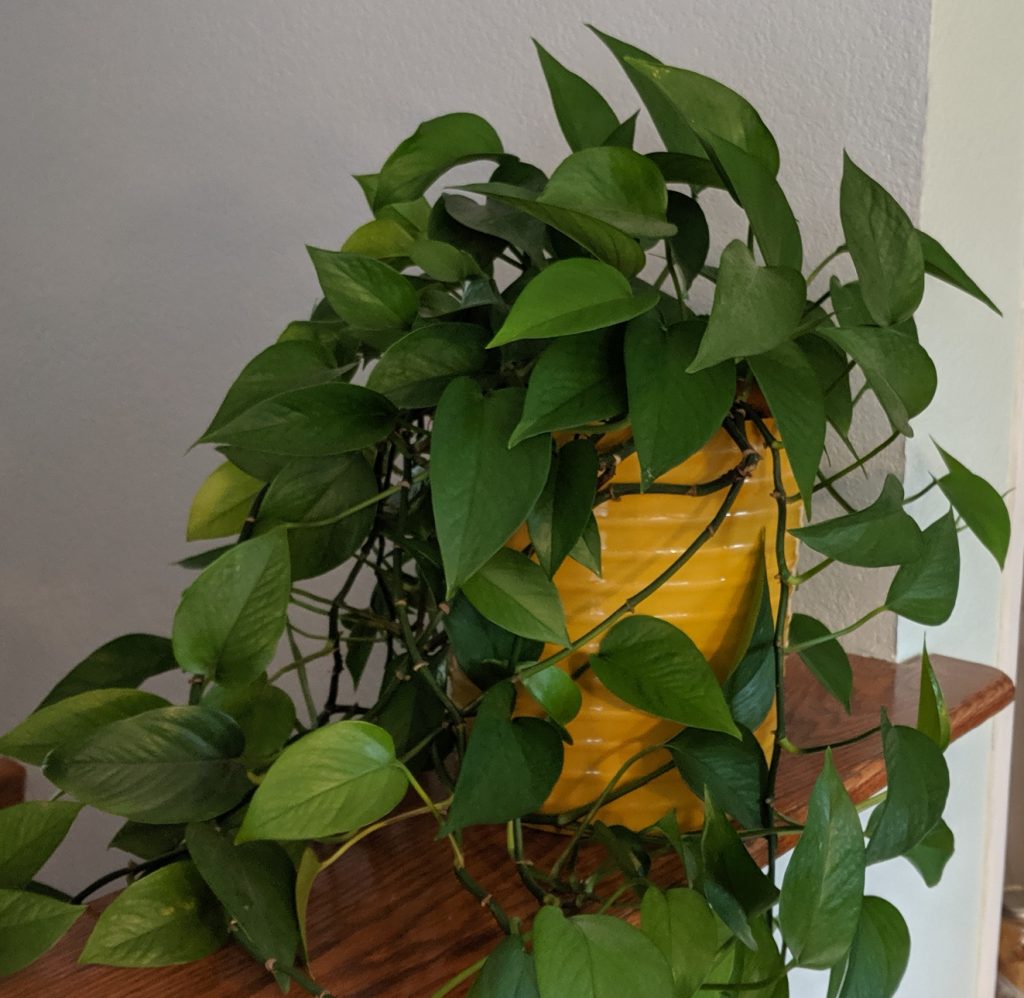
Pothos is also known as devil's ivy because it is so difficult to kill. The stem can be cut and inserted directly into water. After a few days, white roots will sprout from the stem and grow down into the water. This works even in a glass of tap water, but pothos plants grow much quicker in an aquarium where they have access to lots of nutrients.
Pothos does not require much light to grow, so you don't need to have a light shining directly on it unless you have it under a cabinet or in some other very dark location. The leaves will turn to face any nearby light sources as the plant gets established.
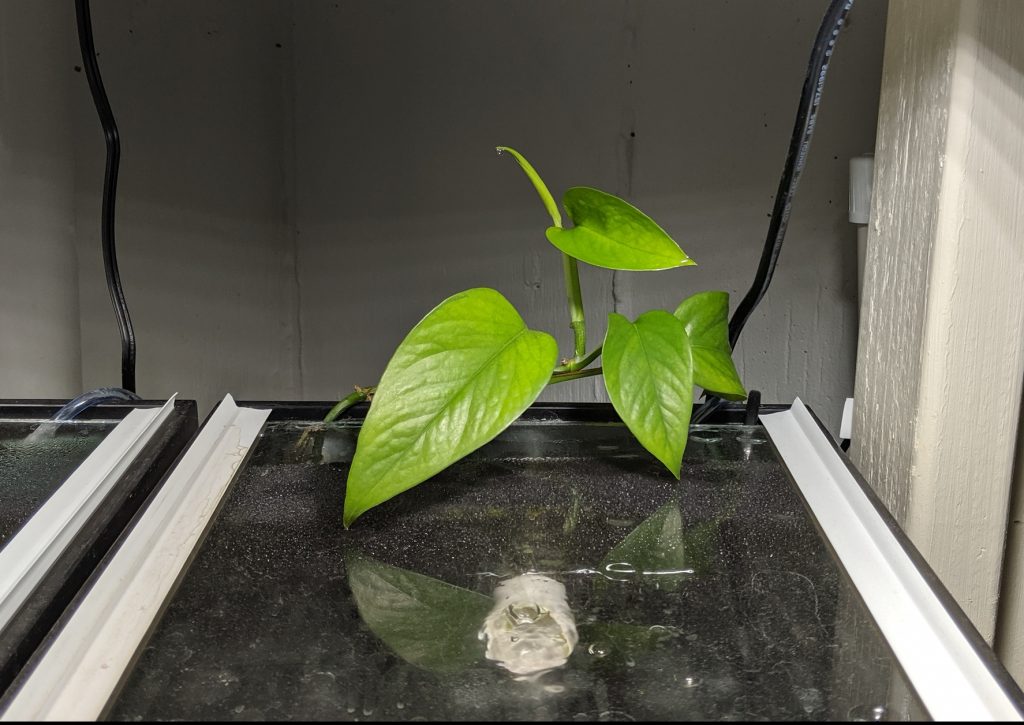
I secured the plant pictured above using a suction cup with a clip for airline tubing. This is a good way to hold the vine in place inside your aquarium. You can also insert a stem into a hang on back filter, an overflow or breeder box, or build your own DIY container to hold pothos plants.
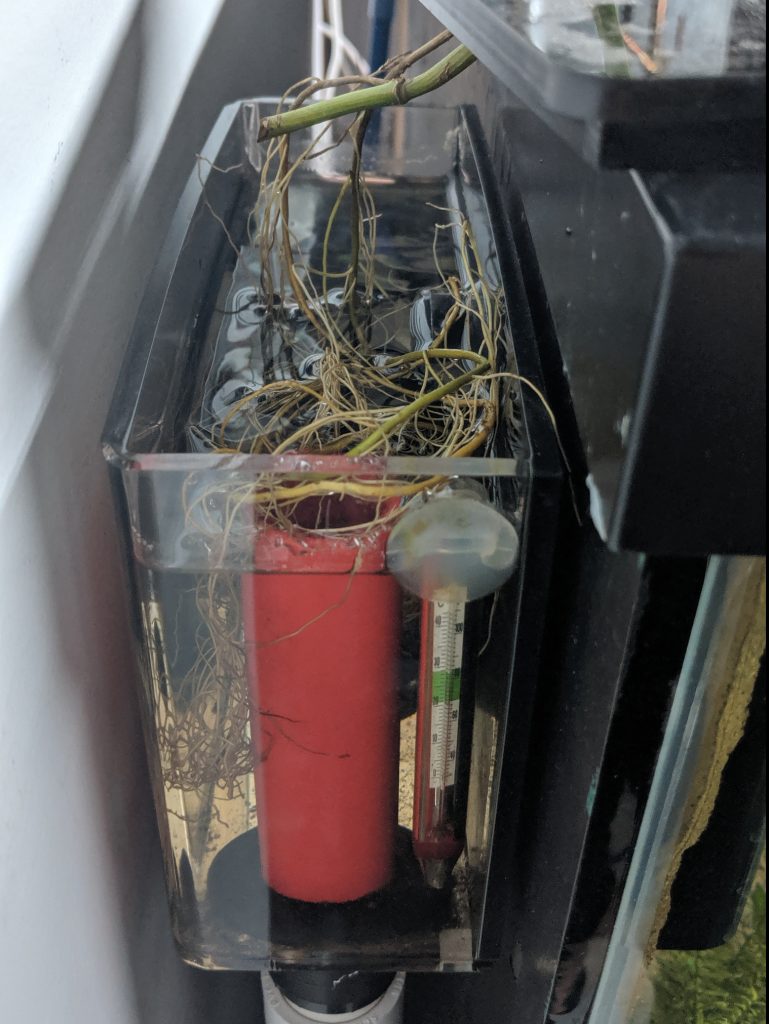
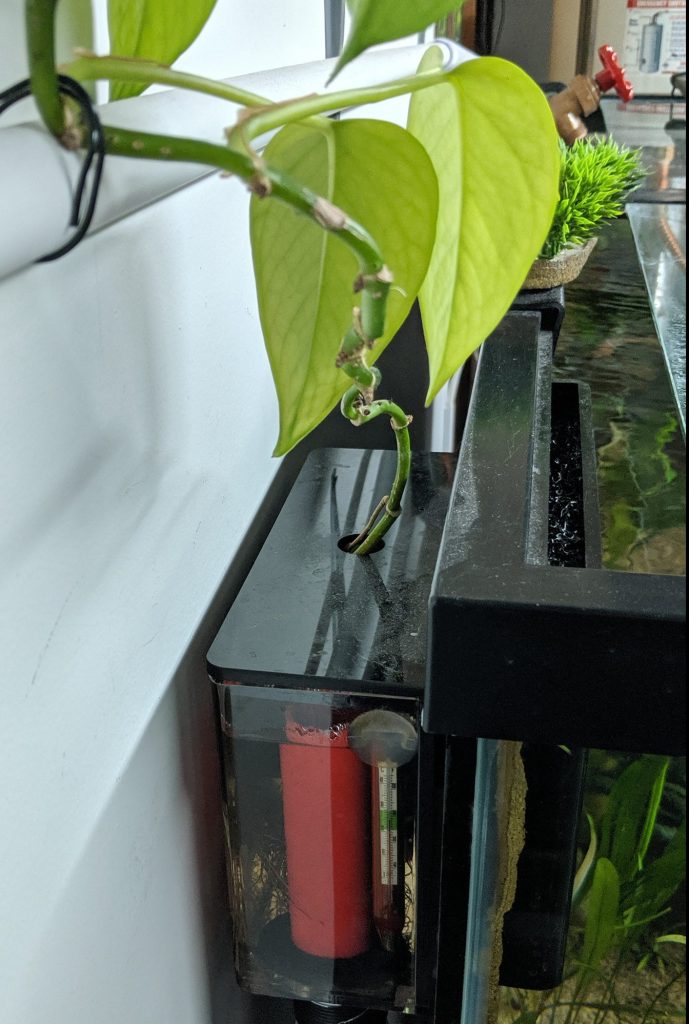
More Info on Pothos in Aquariums
There are lots of examples on YouTube of how people are using Pothos in their aquariums. I recommend starting with the one below from Aquarium Co-op.
Odin Aquatics isn't affiliated with any YouTube channels
